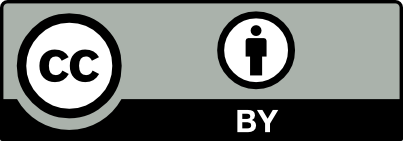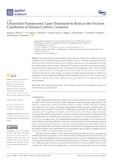Adobe PDF
(5.18 MB)
Document for validation / Dokument für die Validierung
Page view(s)
123
checked on Nov 30, 2023
Download(s)
3
checked on Nov 30, 2023


 CC BY 4.0
CC BY 4.0
